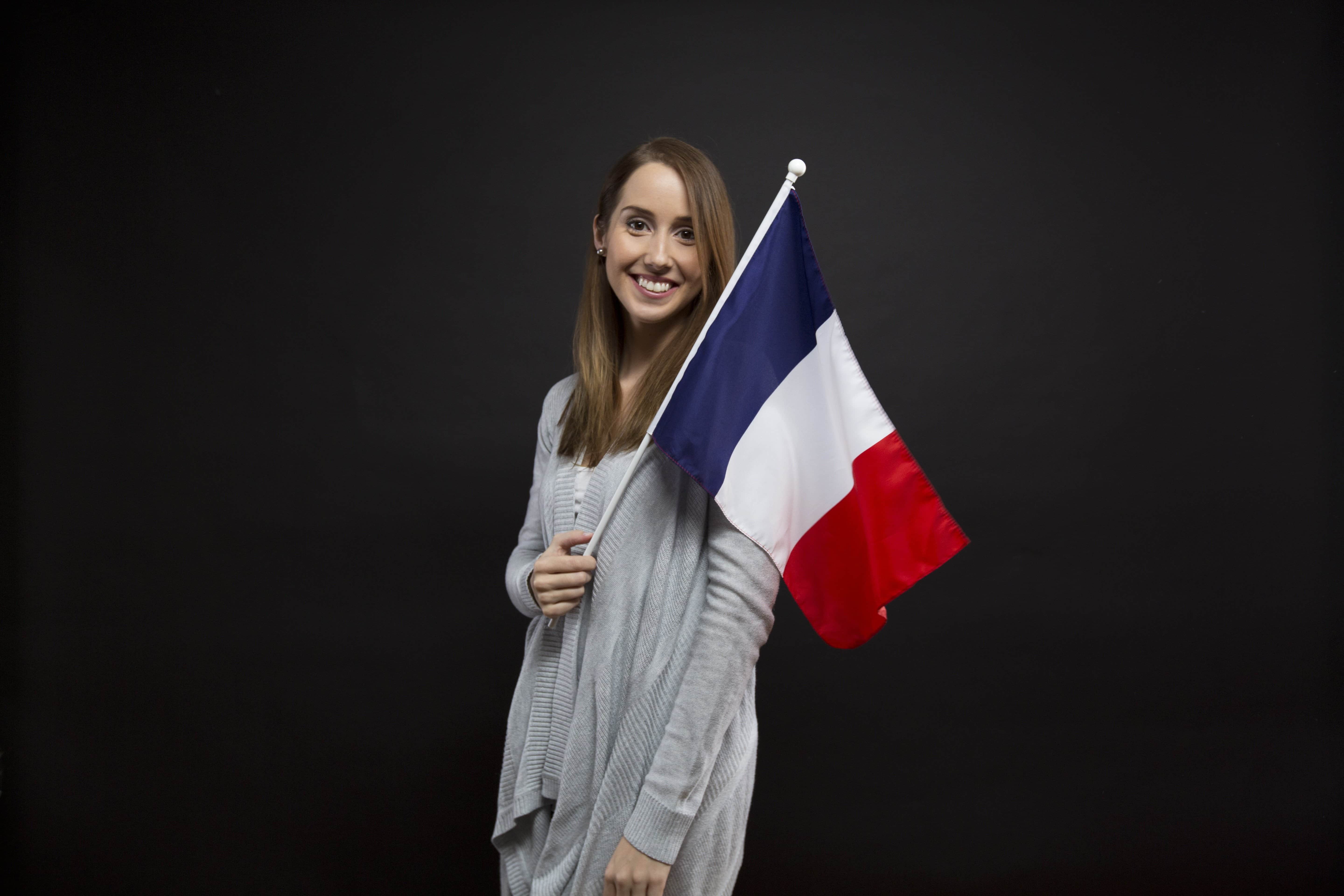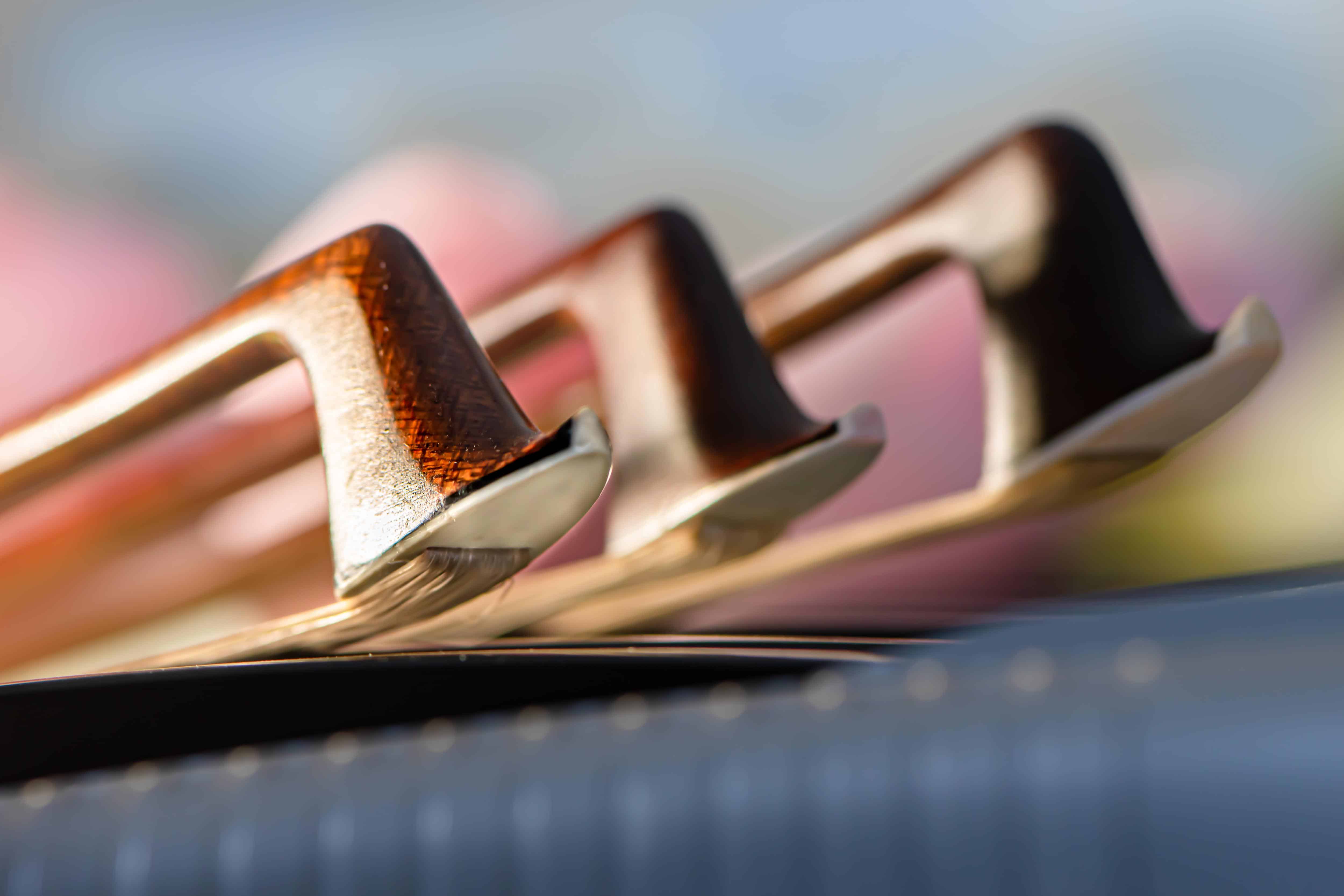Mozart: Music from the final year, 1791
Saturday, 22 March 2025 - 7:30pm
The Great Hall . . .
Liverpool Hope University
Creative Campus
17 Shaw Street
Liverpool
L6 1HP
Overture: The Magic Flute k. 620
Ave Verum Corpus k.618
German dances, k.600
Two excerpts from La Clemenza di Tito k.621:
Duet: Ah perdona
Aria: Parto, parto
INTERVAL
Requiem k.626
Conducted by Stephen Pratt
Anne James: clarinet
Barbara Ruzsics: soprano
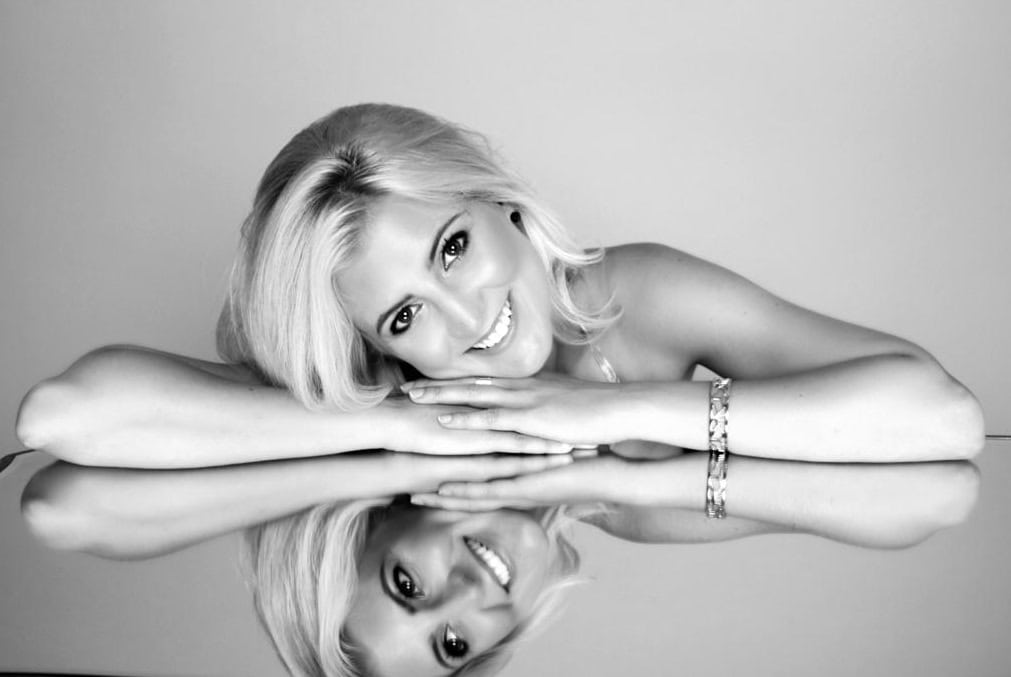
Hungarian-born soprano Barbara Ruzsics studied music at the Liszt Academy of Music, Budapest and College of Charleston, South Carolina. She was awarded second place in The National Association of Teachers of Singing Competition in Norfolk, Virginia, USA.
Recent engagements have included soprano solos in Handel’s Messiah, Bach’s St. John’s Passion, Mozart’s Requiem, Haydn’s Creation, the title role of Gluck’s Orfeo ed Euridice, Brahms’ Requiem, Strauss’ Four Last Songs, Mahler’s II and IV Symphony, Beethoven’s IX Symphony and Ravel’s Sheherazade.
Barbara performs regularly with Amadeus, Birkenhead and Formby Choral Society directed by David Holroyd. She is a lay clerk, cantor and vocal tutor at the Metropolitan Cathedral, Liverpool. Barbara also teaches singing at St Edward’s College and Birkenhead School: several of her young pupils have sung for Birkenhead Choral Society.
She is a founding member of the Liverpool Bach Collective.
Sarah Helsby Hughes: mezzo-soprano
Sarah Helsby Hughes hails from Liverpool, and studied at the Royal Birmingham Conservatoire. Since graduation, Sarah's career has taken her all over the world, appearing for Mid-Wales Opera, Carl Rosa Opera, Lyric Opera Dublin, D’Oyly Carte Opera Company, Opera North, Opera Ireland, Birmingham Opera Company, Heritage Opera, and Focus Opera.
She created the role of Mary Crawford in Jonathan Dove’s Mansfield Park, and the role of Gloria in Alan E. Williams and Ian MacMillan’s The Arsonists, an opera written to be sung in South Yorkshire dialect, which streamed live on the BBC. She created the role of Erna Frey in Stephen Davismoon’s A Most Wanted Man at Liverpool Hope University in 2022.
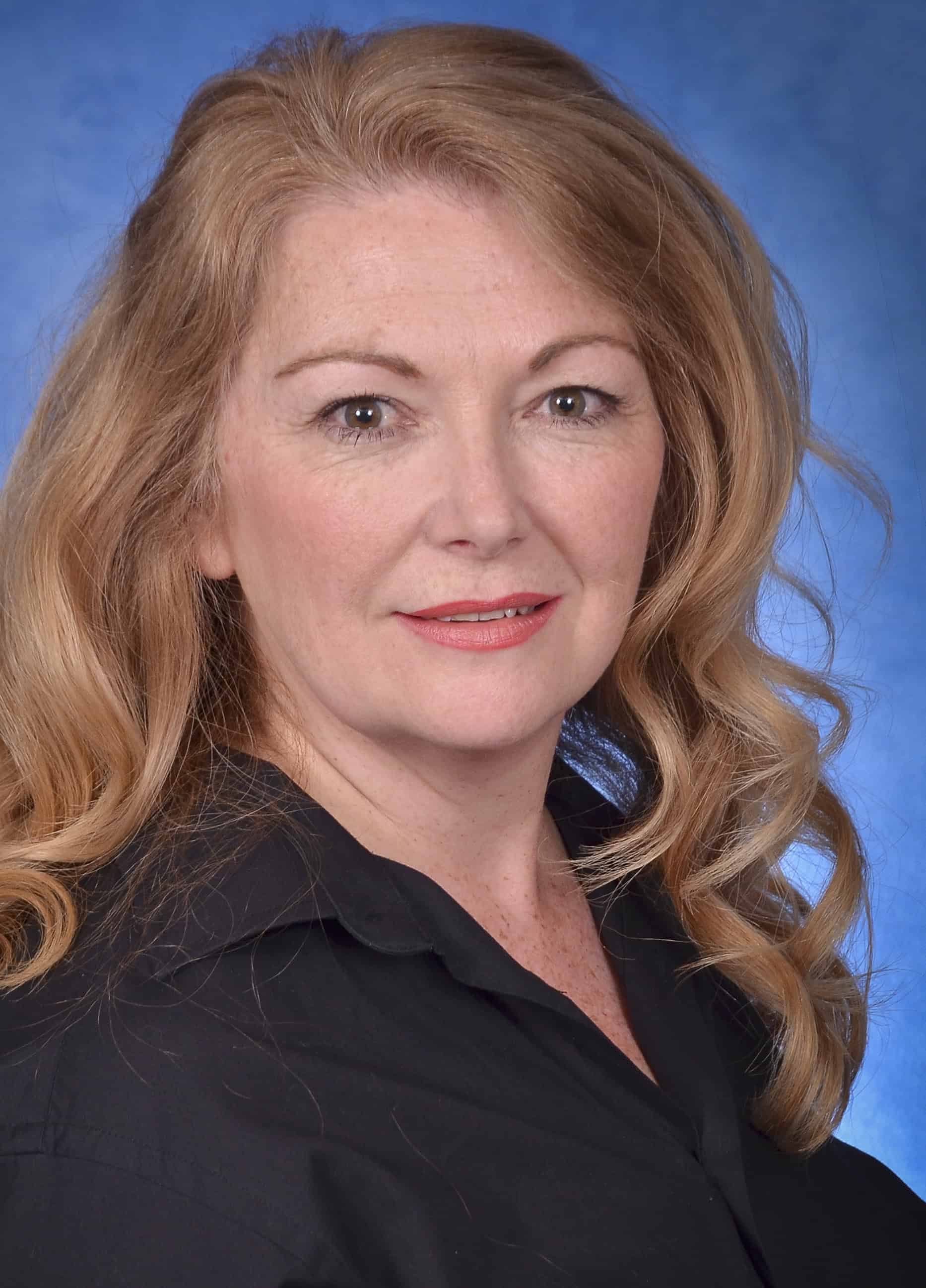
Sarah’s concert work includes appearances in Italy, The Netherlands, Ireland and all over the UK. She recently sang Strauss’ Four Last Songs at St John’s Smith Square with the Royal Orchestral Society. Sarah is Artistic Director of Heritage Opera and has directed and designed over 30 opera productions for various professional and amateur companies in the UK.
Future plans include the soprano solo in Carmina Burana and Donna Elvira for Flatpack Opera, which she’ll also direct.
Hugh Kaliski: tenor
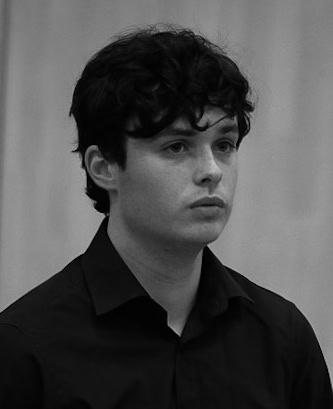
Hugh Kaliski is a Scottish tenor currently in his third year of undergraduate studies at the Royal Academy of Music. He currently studies with Richard Berkeley-Steele and Christopher Glynn.
An experienced performer Hugh has taken part in recitals and oratorio performances throughout the UK. Recent performances include soloist in Haydn’s Nelson Mass with The Elgar Chorale and soloist in Handel’s Dixit Dominus with the choir of All Saints Fulham Church. He also recently competed in the Joan Chissel prize for singers at the Royal Academy of Music, performing Schumann’s Liederkreis Op 24.
Hugh was the tenor choral scholar in the choir of All Saints Fulham from 2022-2024, regularly performing solos and generally supporting the choir. He was a member of the National Youth Choir of Scotland from 2021-2022, performing regularly, including a European tour performing Duruflé and Britten. As a treble he was a member of St Mary's Cathedral Choir, Glasgow for over 10 years.
Recently Hugh performed in the chorus for the Royal Academy Opera's production of Mozart's Die Zauberflöte. In 2024 Hugh performed as part of the Da Ponte Opera Festival in Vittorio Veneto, Italy. He performed scenes as Ferrando (Cosi fan tutte) and Contino Belfiore (La finta giardiniera) as well as studying the Da Ponte librettos. He also sang in a masterclass for Roberta Canzian as well as solo performances within the festival.
Hugh is also a skilled pianist often accompanying his peers in both solo recitals and competitions.
Joseph Murphy: bass
Joseph Murphy is a 3rd year bass singer from Liverpool studying with a scholarship for his Bachelor of Music degree in vocal studies at the Royal Academy of Music. He is currently taught by Alex Ashworth and is coached by Chad Vindin and Janet Haney.
At the Academy, Joe has become immersed in various genres, including early music and oratorio, lieder, French song, Italian, opera and choral music.
He has enjoyed honing his ensemble singing skills in the Academy concert series Bach in Leipzig and Resounding Shores. Through this, Joe has worked collaboratively with various artists including the Dunedin Consort, John Butt, Eamonn Dougan and Masaaki Suzuki.
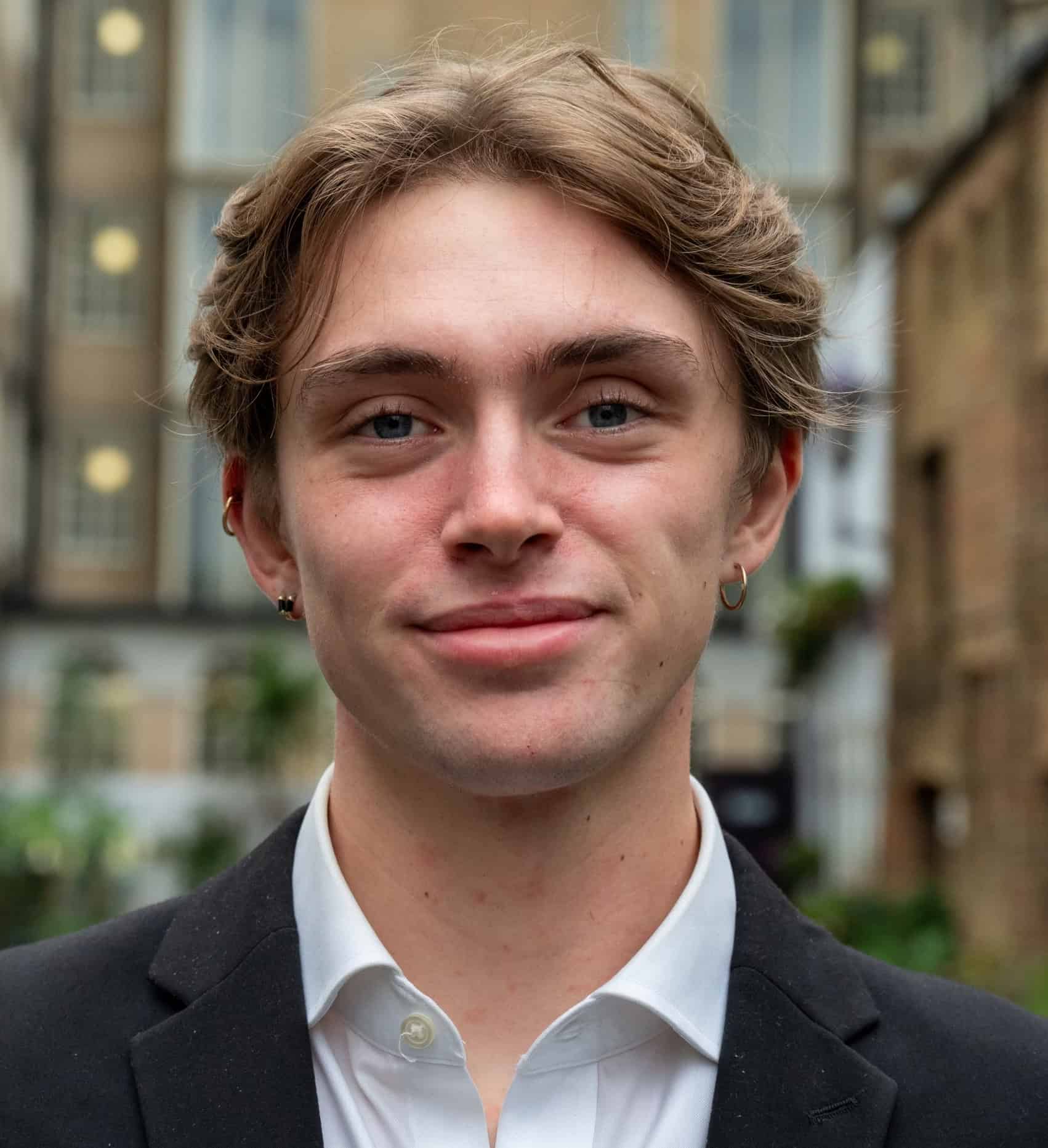
He recently sang as a soloist in a collaborative project with Rachel Podger and the RAM Historical Performance department, as well as singing in the chorus of Die Zauberflöte with the RAO opera company.
The year 1791 saw Mozart complete several great works – the piano concerto in Bb, k.595, the operas The Magic Flute and La Clemenza di Tito, the Clarinet Concerto k.622, the string quintet in Eb k.614, the much-loved motet Ave Verum Corpus. Amongst other pieces he also produced a string of dances for the Viennese court, chamber music for a newly-invented version of the glass harmonica and the Masonic cantatas k.619 and 623 for his lodge known as ‘The new Crowned Hope’. But arguably the most performed of the works from 1791 is the work he didn’t complete, the Requiem. Since Mozart’s death there have been a number of completions published and this performance will use the earliest and most familiar of those, that by Mozart’s pupil Franz Xaver Süssmayr.
Perhaps the least familiar items in the programme are the two excerpts from La Clemenza di Tito. History has not been kind to this great work, which has remained in the shadow of the operas written to libretti by Lorenzo da Ponte (The Marriage of Figaro, Don Giovanni and Cosí fan tutte) and The Magic Flute, but it contains some ravishing music – as we hope these two excerpts will demonstrate!
Ticket Prices*
General Admission: £13.20
Liverpool Hope University current staff and students: Free
Family (2 adults plus children): £26.40
School or college students: £3.30
*Includes booking fee


